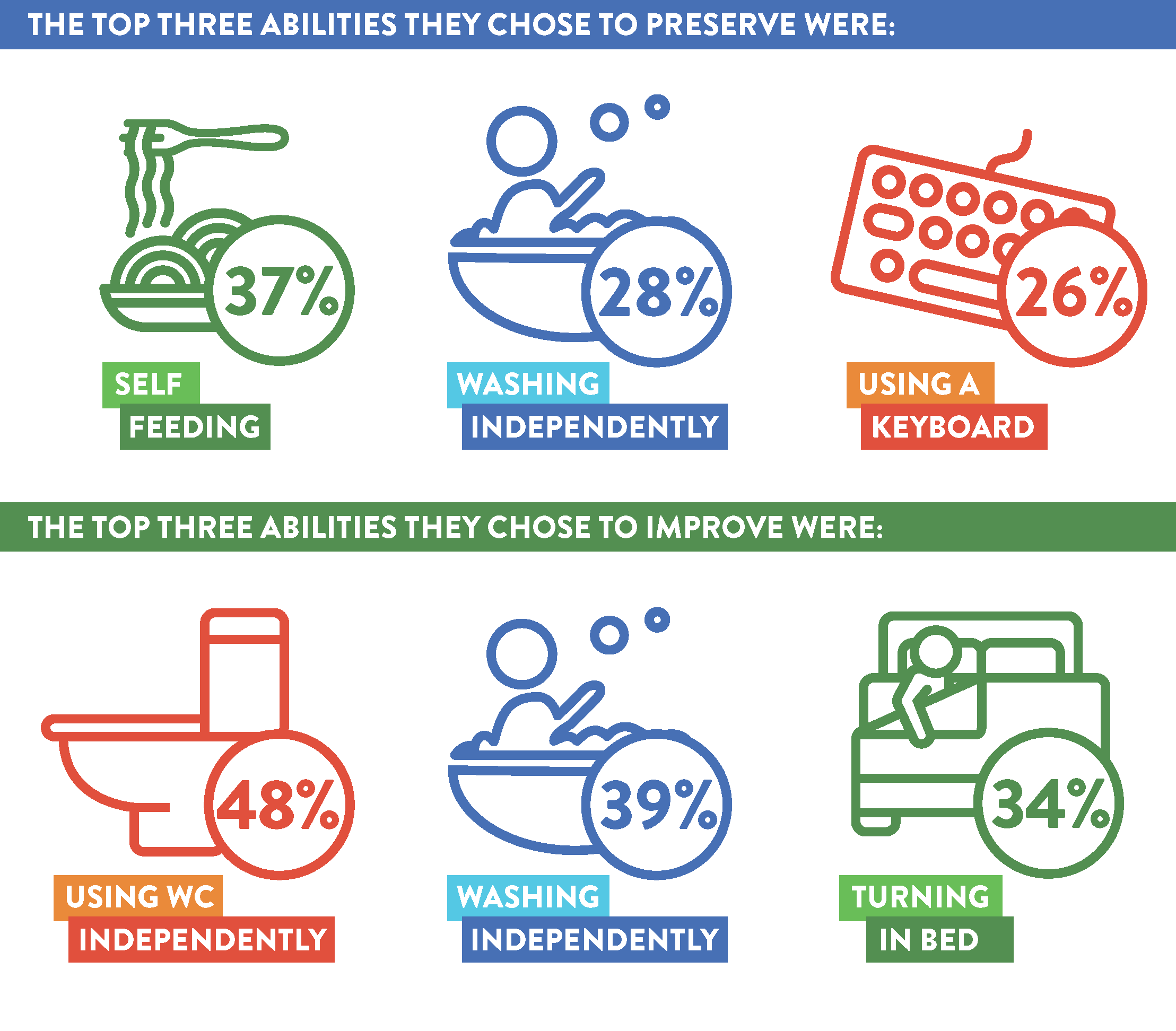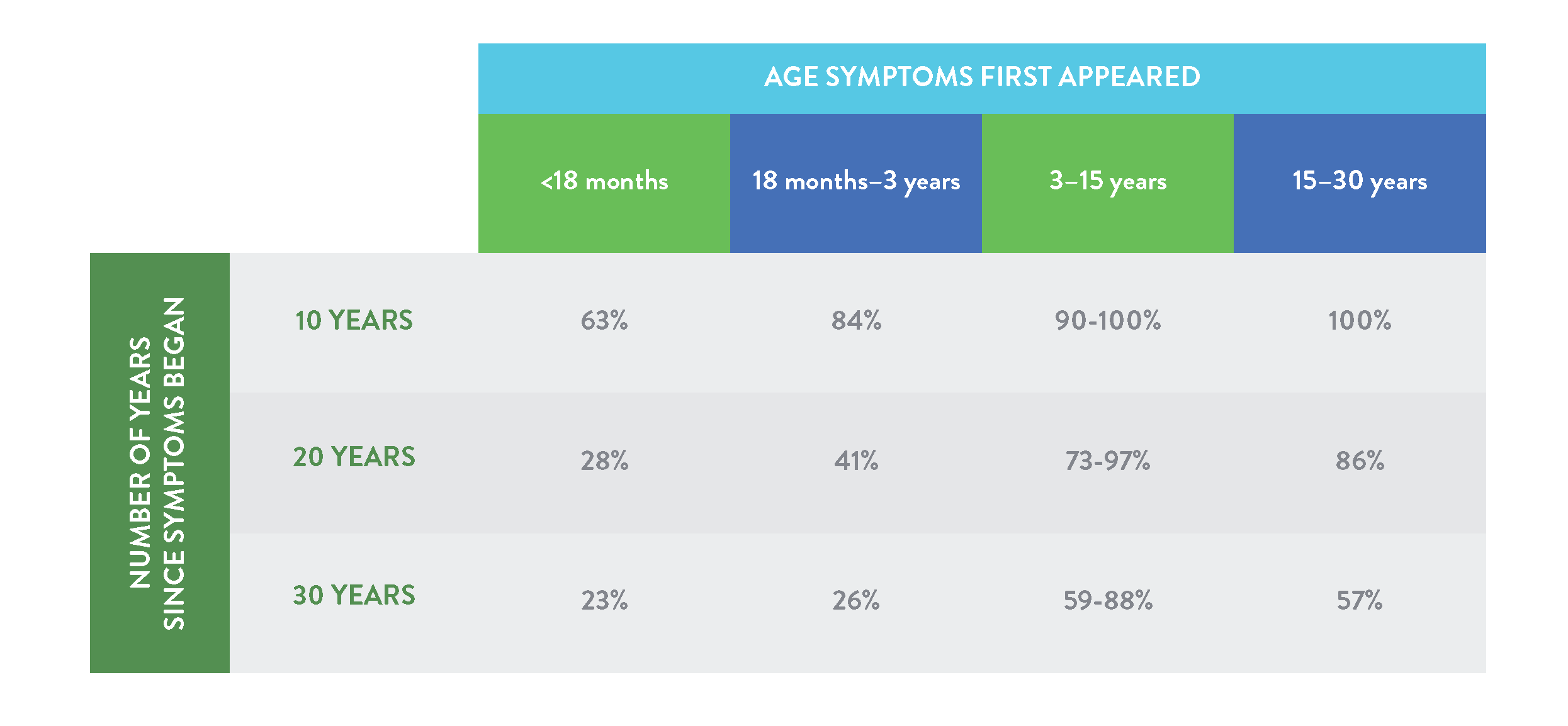


-
Argentina (Español)

-
Australia (English)

-
Brazil (Portugues)

-
Canada (English)

-
Canada (Français)

-
Chile (Español)

-
Denmark (Danish)

-
Deutschland (Deutsch)

-
Europe (English)

-
France (Français)

-
Italia (Italiano)

-
日本 (日本語)

-
대한민국 (한국어)

-
Polska (Polskie)

-
Portugal (Portuguese)

-
Russia (Russian)

-
Spain (Español)

-
Sverige (Svenska)

-
Schweiz (Deutsch)

-
台灣 (中文)

-
Türkiye (Türkçe)

-
United States (English)

-
UAE (العربية)

Discover possibilities for the management of SMA in adulthood
The management of spinal muscular atrophy is rapidly evolving, with expanded options for the care and management of your condition.
As research forges ahead, so too does our understanding of SMA1-3
Ongoing research is providing us with an ever-increasing understanding of the science behind SMA, as well as care options for patients.1–3
In the past years, we have seen a considerable increase in the amount of research into SMA:4–6


This impetus has led to far-reaching changes in the care and management of people living with SMA.1,2
There has been an update to the SMA standards of care
Since their publication in 2007 the SMA Standards of Care have helped caregivers and healthcare professionals provide people with SMA the best level of support available.
An ever-expanding library of scientific research and evidence showing that people living with SMA can expect better outcomes than ever before, means that the Standards of Care were updated in 2017.
This update includes changes to the management and care you can expect to receive, helping you, your caregivers and healthcare professionals understand the different aspects of supportive care for SMA.2,3
PRESERVING AND MAINTAINING ABILITIES FOR PATIENTS WITH SMA
The perspectives and experiences of people living with SMA are critical to the development of new treatments. In a survey of people living with type II/III SMA and their caregivers it was shown that:8


felt that if there was a new treatment available that could stabilise their disease course, it would represent a major improvement to their lives.8
SMA is a progressive disease
Without intervention, people living with SMA will see progression of their disease over time.7,8
“I think there is a process of grieving the loss of certain abilities. Then, you sort of adapt and accept it and before you know it, there’s something else that you’re then experiencing the loss of.”
Person living with SMA9
In 2015, a European survey was completed by people living with SMA and by caregivers. The results showed that:8


For a person living with SMA, the likelihood of being able to walk depends on the age when symptoms first start. The later symptoms start for a person living with SMA, the less severe their disease usually is.10
Likelihood of being able to walk 10, 20 and 30 years after symptoms began, according to the age symptoms first appeared.10


Despite the impact of SMA, many people with SMA go on to live fulfilling lives and with the greater care outcomes seen today,1 there is even more hope for people living with SMA.
- Mercuri E et al. Neuromuscul Disord 2018;28:103–115.
- Finkel R et al. Neuromuscul Disord 2018;28:197–207.
- Bharucha-Goebel D and Kaufmann P. Curr Neurol Neurosci Rep 2017;17:91.
- Juntas Morales R et al. Rev Neurol 2017;173:308–319.
- https://pubmed.ncbi.nlm.nih.gov/?term=%28%28Spinal%29+AND+%28muscular%29%29+AND+%28atrophy%29 [Accessed February 2023]
- https://www.clinicaltrials.gov/ct2/results?cond=%22Spinal+muscular+atrophy%22&term=&type=&rslt=&recrs=b&recrs=a&recrs=f&recrs=d&age_v=&gndr=&intr=&titles=&outc=&spons=&lead=&id=&cntry=&state=&city=&dist=&locn=&rsub=&strd_s=&strd_e=&prcd_s=&prcd_e=&sfpd_s=&sfpd_e=&rfpd_s=&rfpd_e=&lupd_s=&lupd_e=&sort= [Accessed February 2023]
- Kaufmann P et al. Neurology 2012;78:1889–1897.
- Rouault F et al. Neuromuscul Disord 2017;27:428–438.
- Wan H et al. Orphanet J Rare Dis 2019;14:74.
- Zerres K et al. J Neurol Sci 1997;146:67–72.




